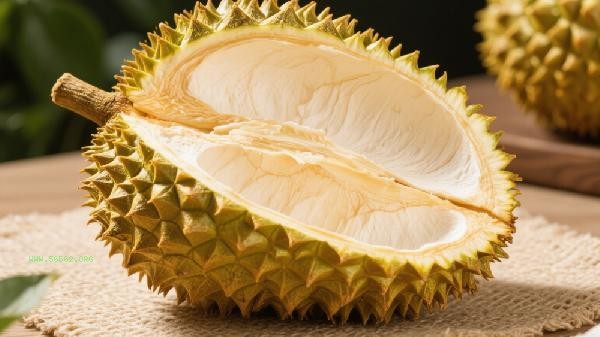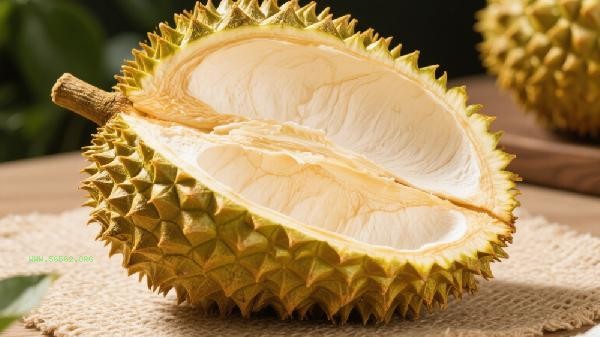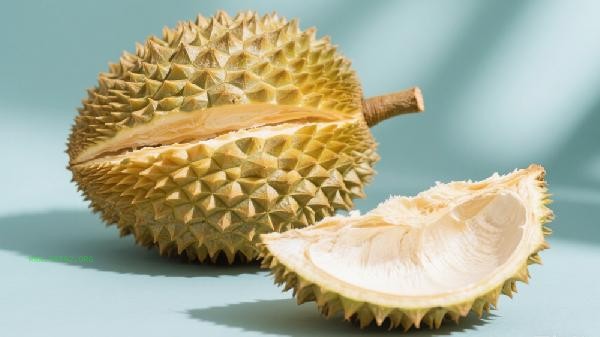The economic uses of durian shells mainly include making environmentally friendly materials, extracting active ingredients, processing feed, making organic fertilizers, and using them for handicraft production. Durian shells contain abundant cellulose and natural compounds, which can be utilized as resources through various means.

1. Environmentally friendly material
Durian shells have a dense and wear-resistant fiber structure, which can be used to produce environmentally friendly boards or packaging materials after treatment. Its fibers can be mixed and pressed with adhesives to make composite materials that replace wood, suitable for furniture or construction fields. This utilization method can reduce forest resource consumption and lower industrial production costs.
2. Extraction of active ingredients
Durian shells contain antioxidant substances such as flavonoids and phenols, which can be extracted through biotechnology and used as raw materials for cosmetics or health products. Research has shown that these ingredients have anti-inflammatory and antibacterial properties, and also have potential application value in the field of medicine. The extracted residue can still be further processed and utilized.
3. Animal feed
Fermented durian shell powder can be used as an additive in livestock feed. It contains a certain proportion of crude protein and minerals, which can enhance the nutritional value of feed. Attention should be paid to controlling the addition ratio and using it in combination with other feed to ensure the efficiency of animal digestion and absorption.

4. Organic Fertilizer
Durian shells can be converted into organic fertilizers rich in humus after composting and fermentation. Its slow release of nitrogen, phosphorus, and potassium elements helps improve soil structure, making it particularly suitable for planting fruit trees and economic crops. Before use, it needs to be fully decomposed to avoid root burning.
5. Handicrafts
The hard texture of durian shells is suitable for carving into decorations or practical utensils. Traditional crafts in Southeast Asia often turn it into tableware, lampshades, and other products that combine artistic and practical qualities. The processing process requires anti mold treatment on the raw materials to extend the product's lifespan. The comprehensive utilization of durian shells should be combined with local industrial demand and technological conditions, and priority should be given to high value-added development directions. It is recommended that relevant enterprises establish standardized collection and processing procedures, and provide complete sorting, cleaning, and drying facilities. Farmers can participate in the raw material supply process to form an industrial chain cooperation, while paying attention to the treatment of wastewater and exhaust gas during the processing to meet environmental protection requirements. Through technological innovation, its potential applications in fields such as bioenergy can be further explored.









Comments (0)
Leave a Comment
No comments yet
Be the first to share your thoughts!